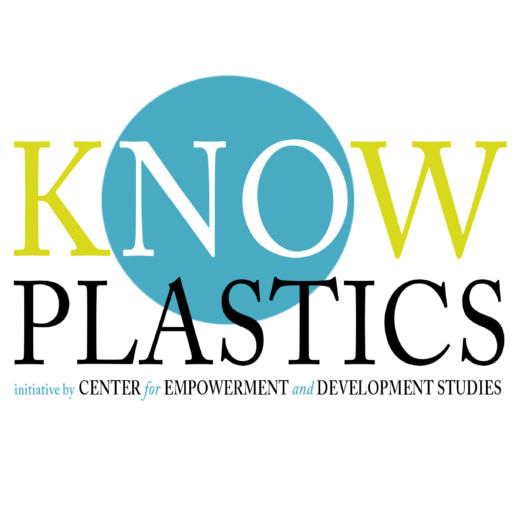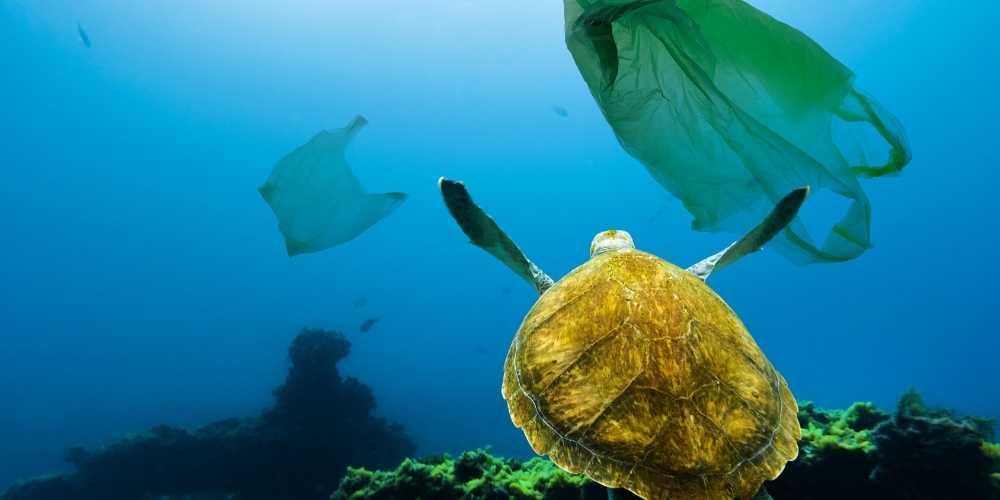The widespread use of plastic in India has reached a tipping point that should concern everyone.
The Annual Report on Implementing the Plastic Garbage Rules, 2016, published by the Central Pollution Control Board (CPCB), is the only regular estimate of the amount of plastic waste generated in India. The waste generated in 2018-19 was 3,360,043 tonnes per year, according to it (roughly 9,200 tonnes per day).
Solid waste generation in India ranges between 55 and 65 million tonnes per day
Given that total municipal solid waste generation in India ranges between 55 and 65 million tonnes per day, plastic waste accounts for approximately 5%-6% of total solid waste generated.
Our relationship with plastic focuses on the short term. We only use it once before discarding it, and we’d like to think it’s in the recycling process. However, according to a 2017 scientific breakthroughs study, only 9% of all plastic waste has ever been recycled.
Approximately 12% have turned into ashes, with the remaining 79% accumulating in landfills. Plastic waste is clogging our sewers, endangering marine life, and posing health risks to people living in landfills or the natural environment.
The financial costs of marine plastic pollution are also substantial. According to conservative estimates made in March 2020. The direct cost to the Association of Southeast Asian Nations’ blue economy will be $2.1 billion per year.
It is worth noting that only the direct costs of three industries are: shipping, fisheries and aquaculture, and maritime tourism. Boats may become entangled in discarded or abandoned fishing nets, or their engines may become clogged with plastic debris.
According to a World Economic Forum report from 2016, this $2.1 billion per year estimate is likely to rise under a “business-as-usual” scenario, as production of plastics looks like getting triple between now and 2050.
These economic costs are accompanied by enormous social costs. Residents of coastal regions suffer from the harmful health effects of plastic pollution and waste brought in by the tides. And the connection between their livelihoods is inextricable to the fishing and tourism industries. As a result, we must start looking for ways to keep plastics and other waste from polluting our oceans and to clean them up.
How can India deal with the tidal wave of marine plastic?
Central and state government ministries must work together in the development, implementation, and oversight of policies. Which includes participation from industrial firms, non-governmental organizations, and volunteer organizations. Instead of acting in silos, all of these stakeholders must work together and in unison.
Solving the problem of marine plastic requires a shift in production and consumption habits, which would aid in meeting the SDGs (SDGs). SDG 12 and SDG 14 are the central UN SDGs dealing with marine plastics.
To combat plastic pollution, the government can take several steps. Identifying hotspots for plastic leakage can help governments develop effective policies that directly address the plastic problem.


